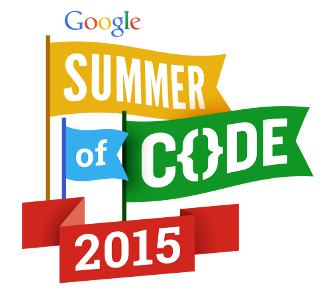KDE Proudly Presents Kirigami UI!
Submitted by thomaspfeiffer on Wed, 2016/03/30 - 10:19amKDE has a long tradition of providing user interface components beyond the basics that are offered in Qt itself. With KDE Frameworks 5, these have become more easily available for Qt developers who are not part of KDE. Now, with KDE's focus expanding beyond desktop and laptop computers into the mobile and embedded sector, our QWidgets-based components alone are not sufficient anymore. In order to allow developers to easily create Qt-based applications that run on any major mobile or desktop operating system (including our very own existing Plasma Desktop and upcoming Plasma Mobile, of course), we have created a framework that extends the touch-friendly Qt Quick Controls: Welcome Kirigami UI!
- Read more about KDE Proudly Presents Kirigami UI!
- 11 comments
- Log in or register to post comments



